Carnival Corporation & Plc
Summary
- Carnival Corporation & plc is a Dual-Listed Company originating in the hands of Ted Arison in 1972. Carnival Corporation was incorporated in Panama in 1974 and Carnival plc was incorporated in England and Wales in 2000. The companies work as a Dual-Listed Company. The businesses of Carnival Corporation and Carnival plc are combined through a number of contracts and provisions.
- Due to Covid-19 pandemic, Carnival could not operate its guest cruise operations fully in 2020 and 2021. The company paused their guest cruise operations in mid-March 2020 and began resuming guest cruise operations in 2021.
- For the first quarter of financial year 2023, the company generated $4,432 million in total revenues, which was $1,623 million during the same period a year earlier. Net loss of the company stands $693 million for the first quarter of 2023, and $1,891 during the other quarter.
- Carnival has generated a consolidated revenue of $10.3 billion in 2022 as compared to $1.9 billion a year earlier. Revenues for the year ended November 30, 2022 increased by $10.3 billion due to the ongoing resumption of guest cruise operations and the significant increase of ships in service.
- Operating loss of the company stands at $7.09 billion for the year ended on November 30, 2022, compared to $8.86 billion a year earlier. The company has reported net loss of $6.09 billion in 2022 and $9.50 billion a year earlier.
Brief Company Overview
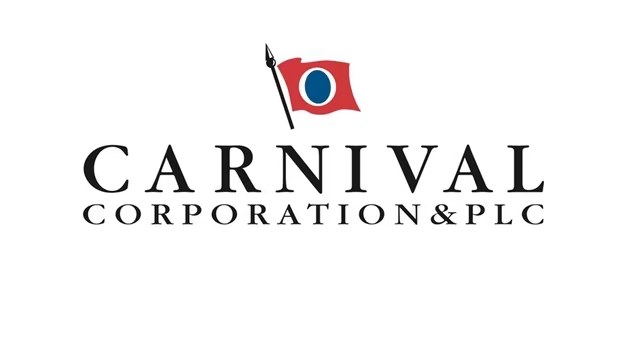 Carnival Corporation & Plc (NYSE/LSE:CCL; NYSE:CUK) is a global cruise company and one of the largest companies in the world. The company was established in 1972 as Carnival Cruise Line; in 1993 as Carnival Corporation; and in 2003 as Carnival Corporation & Plc. Ted Arison founded the company in 1972 and the company is currently headquartered in Miami, Florida, United States. The portfolio of the company of leading cruise brands includes Carnival Cruise Lines, Holland America Line, Princess Cruises and Seabourn in North America; P&O Cruises (UK), and Cunard in the United Kingdom; AIDA Cruises in Germany; Costa Cruises in Southern Europe; Iberocruceros in Spain; and P&O Cruises (Australia) in Australia. The company also owns a tour company that complements the cruise operations: Holland America Princess Alaska Tours in Alaska and the Canadian Yukon. Combined, the vacation companies of Carnival attract 10 million guests annually.
Carnival Corporation & Plc (NYSE/LSE:CCL; NYSE:CUK) is a global cruise company and one of the largest companies in the world. The company was established in 1972 as Carnival Cruise Line; in 1993 as Carnival Corporation; and in 2003 as Carnival Corporation & Plc. Ted Arison founded the company in 1972 and the company is currently headquartered in Miami, Florida, United States. The portfolio of the company of leading cruise brands includes Carnival Cruise Lines, Holland America Line, Princess Cruises and Seabourn in North America; P&O Cruises (UK), and Cunard in the United Kingdom; AIDA Cruises in Germany; Costa Cruises in Southern Europe; Iberocruceros in Spain; and P&O Cruises (Australia) in Australia. The company also owns a tour company that complements the cruise operations: Holland America Princess Alaska Tours in Alaska and the Canadian Yukon. Combined, the vacation companies of Carnival attract 10 million guests annually.
Carnival Corporation was incorporated in Panama in 1974 and Carnival plc was incorporated in England and Wales in 2000. The companies work as a Dual-Listed Company. The businesses of Carnival Corporation and Carnival plc are combined through a number of contracts and through provisions in Carnival Corporation’s Articles of Incorporation and By-Laws and Carnival plc’s Articles of Association. The company operates a fleet of more than 90 ships visiting over 700 ports around the world under normal operations totaling 223,000 lower berths. A total of eight new ships are scheduled to be delivered to Carnival Corporation’s brands through 2025.1 The company employs approximately 160,000 employees across 150 countries around the world. In 2023, global cruise industry is expected to have a passenger capacity (by ocean-going vessel) of 701,490, of this 263,730 passengers are expected to be served by Carnival Corporation & plc - about 37% of the total market share.2
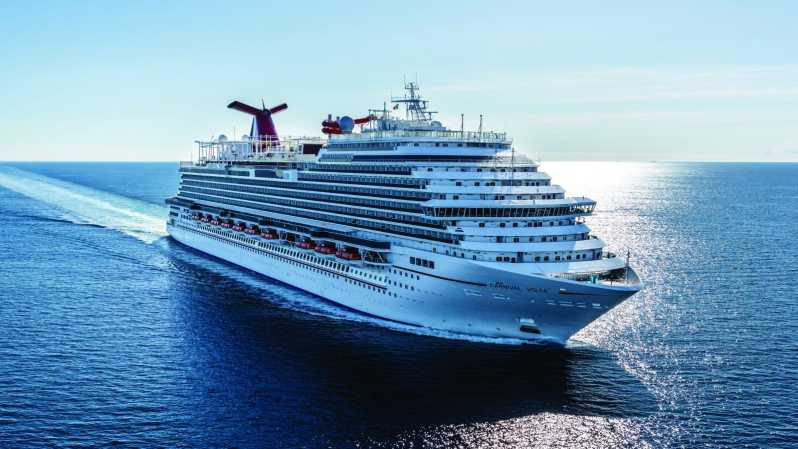
Recent Developments
- Under stock swap program, Carnival Corporation & plc announced on 20 April, 2023 that Carnival Corporation purchased 131,728 Carnival plc ordinary shares at a volume weighted average price paid of £6.91 per share. The shares will not carry any voting rights.3
- As of November 30, 2022, Carnival has a total of 6 cruise ships expected to be delivered through 2025. The ship construction contracts are with Fincantieri and MARIOTTI in Italy and Meyer Werft in Germany. Name of six ships are - Carnival Jubilee, Sun Princess, Newbuild, Arvia, Seabourn Pursuit, and Queen Anne. First four of these ships are powered by LNG.4
- Carnival Corporation & plc announced on March 1, 2023 that it has successfully arranged a new forward starting $2.1 billion multi-currency revolving credit facility, which will replace the existing multi-currency revolving credit facility upon its maturity in August 2024.5
Recent Financing Activities
- In January 2022, Carnival borrowed $637 million under an export credit facility due in semi-annual installments through 2034.
- In May 2022, the company issued an aggregate principal amount of $1.0 billion senior unsecured notes that mature on June 1, 2030. The 2030 Senior Unsecured Notes bear interest at a rate of 10.5% per year.
- In August 2022, the company completed a public offering of 117.5 million shares of Carnival Corporation common stock at a price per share of $9.95, resulting in net proceeds of $1.2 billion.
- In August 2022, Carnival issued $339 million aggregate principal amount of the 2024 Convertible Notes in a privately negotiated non-cash exchange for existing convertible notes.
- In October 2022, the company issued an aggregate principal amount of $2.0 billion senior priority notes that mature on May 1, 2028. The 2028 Senior Priority Notes bear interest at a rate of 10.4% per year.
- In November 2022, the company issued an additional $87 million aggregate principal amount of the 2024 Convertible Notes in a privately negotiated non-cash exchange for existing convertible notes.
- In November 2022, Carnival issued $1.1 billion aggregate principal amount of the 2027 Convertible Notes.
- In November 2022, the company borrowed $799 million under an export credit facility due in semi-annual installments through 2034.
Financial Highlights
Due to Covid-19 pandemic, Carnival could not operate its guest cruise operations fully in 2020 and 2021. Therefore, the most recent year before 2022 the company has operated its guest cruise operation is 2019. The company paused their guest cruise operations in mid-March 2020 and began resuming guest cruise operations in 2021. As of November 30, 2022, 97% of their capacity was serving guests compared to 61% as of November 30, 2021. The NAA (North America and Australia) segment’s full fleet was serving guests as of November 30, 2022 compared to 60% of its capacity as of November 30, 2021. The EA (Europe and Asia) segment had 93% of its capacity serving guests as of November 30, 2022, compared to 63% as of November 30, 2021.
Q1'23 Financial Highlights
Carnival Corporation & Plc generates revenues mainly from passenger ticket, onboard and other sources. Financial year of the company ends on November 30. For the first quarter of financial year 2023, the company generated $4,432 million in total revenues, which was $1,623 million during the same period a year earlier. After deducting operating expenses, the company has reported operating loss of $172 million for the latest quarter, which was a loss of $1,491 million during the other. Net loss of the company stands $693 million for the first quarter of 2023, and $1,891 during the other quarter. Cash position of the company stands at $5,455 million on February 28, 2023 which was $4,029 million November 30, 2022. Net cash provided by operating activities in this quarter is $388 million as compared to net cash used in the same quarter a year earlier amounting to $1,212 million. Net cash used in investing activities for the quarters are $1,044 million and $3,032 million, respectively. Net cash provided by financing activities during the quarters are $111 million and $1,728 million, respectively.
Annual Performance Highlights
Carnival has generated a consolidated revenue of $10.3 billion in 2022 as compared to $1.9 billion a year earlier. Revenues for the year ended November 30, 2022 increased by $10.3 billion due to the ongoing resumption of guest cruise operations and the significant increase of ships in service. Occupancy for 2022 was 75%, compared to 56% in 2021. Operating costs and expenses increased by $7.1 billion to $11.8 billion in 2022 from $4.7 billion in 2021. The increase in operating costs is due to the same reasons as that of revenue. Fuel costs increased by $1.5 billion to $2.2 billion in 2022 from $0.7 billion in 2021. Of this increase, $0.7 billion was driven by higher fuel consumption of 1.3 million metric tons, due to the resumption of guest cruise operations, and $0.8 billion was driven by an increase in fuel prices and changes in fuel mix of $315 per metric ton consumed in 2022 compared to 2021. Ship and other impairment charges are $440 million in 2022 compared to $591 million in 2021. Selling and administrative expenses increased by $0.6 billion to $2.5 billion in 2022. There were no goodwill impairment charges recognized in 2022 and $226 million of goodwill impairment charges recognized in 2021.
Operating loss of the company stands at $7.09 billion for the year ended on November 30, 2022, compared to $8.86 billion a year earlier. After adjustments for interest income and expenses, taxes, and debt extinguishment, the company has reported net loss of $6.09 billion in 2022 and $9.50 billion a year earlier. Loss per share is $5.16 and $8.46 for the years, respectively.
For the year ended November 30, 2022, the company has reported total current assets of $7.49 billion which was $10.13 billion a year earlier. Total current liabilities of the company was $10.61 billion and $10.41 billion for the years, respectively. From 1,960 shares of Carnival Corporation's common stock authorized, the company had 1,244 shares and 1,116 shares issued for 2022 and 2021, respectively. From Carnival plc's common stock, the company had 217 shares issued for both 2022 and 2021.
Carnival Corporation & plc had a working capital deficit of $3.1 billion as of November 30, 2022 compared to a working capital deficit of $0.3 billion as of November 30, 2021. The increase in working capital deficit was caused by a decrease in cash and cash equivalents, a decrease in short-term investments, an increase in customer
deposits and an increase in current portion of long-term debt, and was partially offset by an increase in restricted cash and a decrease in short-term borrowings. The company usually operates with a substantial working capital deficit. The deficit is due to the business model of the company. The company usually collects the passenger ticket receipts in advance, which remains a liability until the day of sail. These cash are used interchangeably to pay operating expenses or often long-term debts. Also, the company has minimal accounts receivable and inventories.
Net cash used in operating activities in this year is $1.67 billion as compared to $4.11 billion a year earlier. Net cash used in investing activities for the years are $4.77 billion and $3.54 billion, respectively. Net cash provided by financing activities during the years are $3.58 billion and $6.95 billion, respectively.
Business Overview
Carnival is a widely recognized cruise operator in the world. The company has a portfolio that complement each other geographically. The service offering of the company is designed in a way that the guests wouldn't have to look further than Carnival family for their cruise vacation. North America, the United Kingdom, Germany, Italy, and Australia represents nearly 85 percent of world's cruise passengers or operations. Carnival has the most-recognized brands operational in these areas. The company has two major operational segments - North America and Australia (NAA), and Europe and Asia (EA). The company also has a Cruise Support segment that includes the portfolio of leading port destinations and other services, all of which are operated for the benefit of the cruise brands. In addition to the cruise operations, Carnival also owns Holland America Princess Alaska Tours, the leading tour company in Alaska and the Canadian Yukon, which complements the company's Alaska cruise operations.
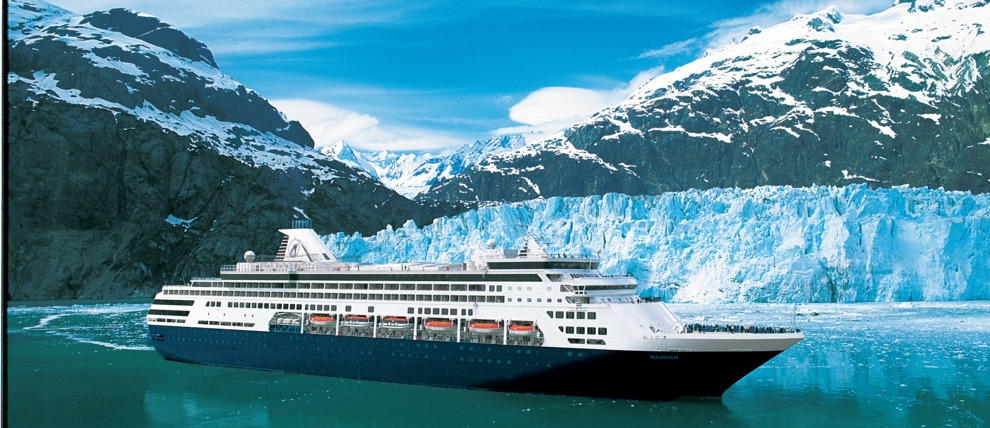
In 2022, Carnival carried 7.7 million passengers, consisting of 5.6 million carried by the NAA segment and 2.1 million carried by the EA segment. Due to the pause and subsequent resumption of the guest cruise operations the company received lower number of passengers compared to 2019, the most recent full year of guest cruise operations, when the brands of the company carried 12.9 million passengers, 8.6 million carried by the NAA segment and 4.2 million carried by the EA segment.
Revenue Model
Carnival generally generates its revenue from sales of passenger cruise tickets and, in some cases, the sale of air and other transportation to and from airports near ships’ home ports and cancellation fees. The ticket price may also include fees, taxes and other charges as well as items like accommodations, meals, snacks, access to amenities like swimming pools, water slides, water parks, whirlpools, etc., child care, entertainment, visit to multiple destinations. The company also sales onboard goods and services that are not included in the cruise ticket price. These generally include beverage sales, casino gaming, shore excursions, retail sales, photo sales, internet and communication services, full service spas, specialty restaurants, art sales, laundry and dry cleaning services. The goods and services are either provided by Carnival or by independent concessionaires, from which the company either receives a percentage of their revenue or a fee. In 2022, Carnival earned 42% of their cruise revenues from onboard and other revenue goods and services. In 2019, the most recent full year of guest cruise operations, the company earned 30% of cruise revenues from onboard and other revenues. The other source revenue is the tour and other revenues from hotel and transportation operations.
Carnival Corporation & plc incurs the costs of passenger cruise bookings, which include travel agent commissions, cost of air and other transportation, port fees, taxes, and charges that directly vary with guest head counts and credit and debit card fees. The operating costs also include onboard and other cruise costs - the costs of beverage sales, costs of shore excursions, costs of retail sales, internet and communication costs, credit and debit card fees, other onboard costs, costs of cruise vacation protection programs and pre-and post-cruise land packages. Payroll and related costs such as the costs of officers and crew in bridge, engineering and hotel operations, fuel costs, food costs, and other ship expenses such as repairs and maintenance, hotel costs, entertainment, ship impairments, freight and logistics, insurance premiums etc. all are included in the operating expenses.
Cruise Brands
Carnival Cruise Line
 Carnival Cruise Line is branded as “The World’s Most Popular Cruise Line®”. The cruise line is giving service for more than 50 years and currently operates 23 ships. Carnival Cruise Line has a broad consumer appeal, attracting families, couples, singles, and seniors and carrying nearly one million children each year. In 2021, Carnival Cruise Line was voted "Best Ocean Cruise Line" in USA Today's 10 Best Readers' Choice Awards. In addition, Carnival Cruise Line was named “Best Domestic Cruise Line” and “Best Cruise Line for Families” by Travel Weekly. Carnival Cruise Line provides year-round cruises in The Bahamas, the Caribbean and Mexico and also operates seasonal cruises in Canada, New England, Alaska, Hawaii, Bermuda, and Europe. In addition, Carnival Cruise Line sails year-round in Australia. Mardi Gras is a 5,282-passenger cruise ship that entered into service in 2021. Mardi Gras introduces several new features like the first roller coaster at sea with an 800-foot-long track, Big Chicken, the first seagoing restaurant etc. The ship is also the first one in North America to be powered by Liquefied Natural Gas (LNG).
Carnival Cruise Line is branded as “The World’s Most Popular Cruise Line®”. The cruise line is giving service for more than 50 years and currently operates 23 ships. Carnival Cruise Line has a broad consumer appeal, attracting families, couples, singles, and seniors and carrying nearly one million children each year. In 2021, Carnival Cruise Line was voted "Best Ocean Cruise Line" in USA Today's 10 Best Readers' Choice Awards. In addition, Carnival Cruise Line was named “Best Domestic Cruise Line” and “Best Cruise Line for Families” by Travel Weekly. Carnival Cruise Line provides year-round cruises in The Bahamas, the Caribbean and Mexico and also operates seasonal cruises in Canada, New England, Alaska, Hawaii, Bermuda, and Europe. In addition, Carnival Cruise Line sails year-round in Australia. Mardi Gras is a 5,282-passenger cruise ship that entered into service in 2021. Mardi Gras introduces several new features like the first roller coaster at sea with an 800-foot-long track, Big Chicken, the first seagoing restaurant etc. The ship is also the first one in North America to be powered by Liquefied Natural Gas (LNG).
Princess Cruises
Princess Cruises began operations in 1965 and is now a leading international cruise line and tour company operating a fleet of 15 modern cruise ships, carrying millions of guests each year to 330 destinations around the globe, including the Caribbean, Alaska, Panama Canal, Mexican Riviera, Europe, South America, Australia/New Zealand, the South Pacific, Hawaii, Asia, Canada/New England, Antarctica, and World Cruises. Princess Cruises offer a range of services to immerse the guests with culture, colors, and flavors of the places they visit.
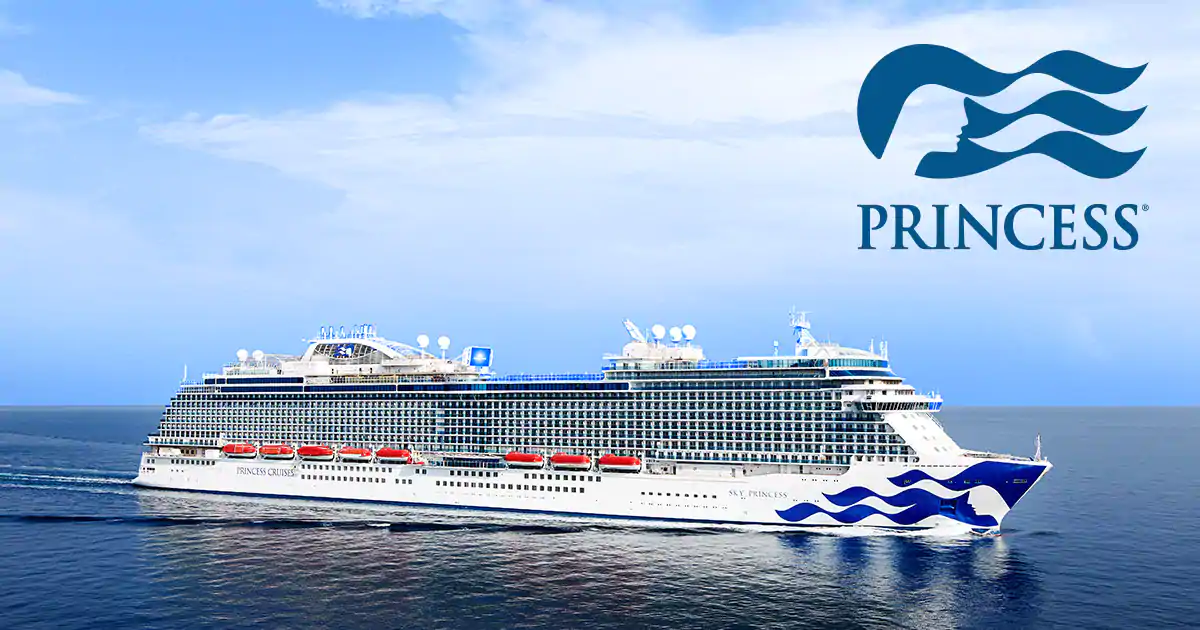
Holland America Line
For 145 years, Holland America Line is operating 10 spacious, mid-sized ships to offer a classic style of cruising to more than 425 ports of call in 100+ countries on all seven continents. To this fleet, the company welcomed another Pinnacle-Class ship, Rotterdam in July 2021. This Line manages entertainment and personal enrichment through exclusive partnerships with music and entertainment brands like Music Walk®.
Seabourn
 Seabourn, which began operations in 1988, is the ultra-luxury resort at sea with smaller ships that focus on personalized service and guest recognition. The line's fleet of three 458-guest and two 600-guest ships, the youngest in the ultra-luxury segment of the cruise industry, offer spacious all-suite accommodations with oceanfront views. Seabourn launched its new ship Seabourn Ovation in May 2018, Seabourn Venture in 2022, and Seabourn Pursuit is slated to be launched in 2023. Seabourn takes travelers to every continent on the globe travel, visiting more than 400 ports including marquee cities and lesser-known ports and hideaways throughout Europe, Asia, the South Pacific Islands, Australia and New Zealand, the Americas and Antarctica.
Seabourn, which began operations in 1988, is the ultra-luxury resort at sea with smaller ships that focus on personalized service and guest recognition. The line's fleet of three 458-guest and two 600-guest ships, the youngest in the ultra-luxury segment of the cruise industry, offer spacious all-suite accommodations with oceanfront views. Seabourn launched its new ship Seabourn Ovation in May 2018, Seabourn Venture in 2022, and Seabourn Pursuit is slated to be launched in 2023. Seabourn takes travelers to every continent on the globe travel, visiting more than 400 ports including marquee cities and lesser-known ports and hideaways throughout Europe, Asia, the South Pacific Islands, Australia and New Zealand, the Americas and Antarctica.
Cunard
Cunard is a luxury cruise line with the tagline "Experience The World In Style". There are currently three Cunard ships, Queen Mary 2, Queen Elizabeth and Queen Victoria, and a fourth ship, Queen Anne, will be entering service in early 2024. This investment is part of the company’s ambitious plans for the future of Cunard globally and will be the first time since 1999 that Cunard will have four ships in simultaneous service. Cunard was founded in 1840. Cunard is based at Carnival House in Southampton and has been owned since 1998 by Carnival Corporation & plc.
AIDA Cruises
AIDA Cruises was established in 1996 to serve the German-speaking cruise market. AIDA Cruises operates one of the world’s most state-of-the-art fleets, which is currently comprised of 13 cruise ships, including the brand’s newest LNG-ship AIDAcosma, which was delivered in December 2021. Featuring Carnival Corporation’s “green cruising” design with dual-fuel engines, AIDAcosma is a sister ship of AIDAnova, the first cruise ship in the world that is since 2018 powered by liquefied natural gas (LNG) both in port and at sea.

Costa
Costa was established in 1948 and currently visits more than 260 ports around the world. The brand operates a fleet of 12 contemporary ships including the recent deliveries of Costa Firenze and Costa Toscana. This is a leading cruise line in Italy, France and Spain. Its ships are deployed in the Mediterranean Sea, Northern Europe, the Caribbean, Brazil, Argentina, the Arabian Gulf and the Indian Ocean. Costa also operates in China.
P&O Cruises (UK)
P&O Cruises is Britain's cruise line that operates with a fleet of six ships and covers over 200 destinations worldwide. Iona joined the P&O Cruises fleet in May 2021 as the next generation of ship. Sister ship to Iona, Arvia joined the P&O Cruises fleet in December 2022 as its second LNG-powered, Excel-class ship.
P&O Cruises (Australia)
This cruise line was established 90 years ago and operates along the Australian coast as well as the idyllic South Pacific for the Aussies & Kiwis. The Line has been serving the South Pacific cruising and offer holidays to a wide variety of the region’s ports including Papua New Guinea, the Solomon Islands, Fiji, Vanuatu, and New Caledonia.
Company History
Ted Arison founded Carnival Cruise Line in 1972 as part of a subsidiary of Boston-based American International Travel Service (AITS). Later on, in 1974, Arison purchased Carnival for $1 and an assumption of AITS' $5 million in debt. The company grew steadily in a decade after its establishment and became the first cruise line to advertise on network TV in 1984. The company completed its initial public offering of 20 percent of its common stock, generating approximately $400 million. This influx of capital allowed the company to begin expanding through acquisition. In 1989, Carnival purchased Holland America Line, and Westours; in 1992, the company purchased 25% stake in ultra-luxury Seabourn Cruise Line; in 1997, Carnival acquires 50% of Costa Cruises; in 1998, the company acquires 68% stake in the venerable Cunard Line. After these initial acquisitions, the company advanced to hold full ownership in many of them including in Seabourn Cruise Line, Costa Cruises, and Cunard Line. In 1993, the company changes the name of its parent company to Carnival Corporation to distinguish between it and its flagship cruise line.
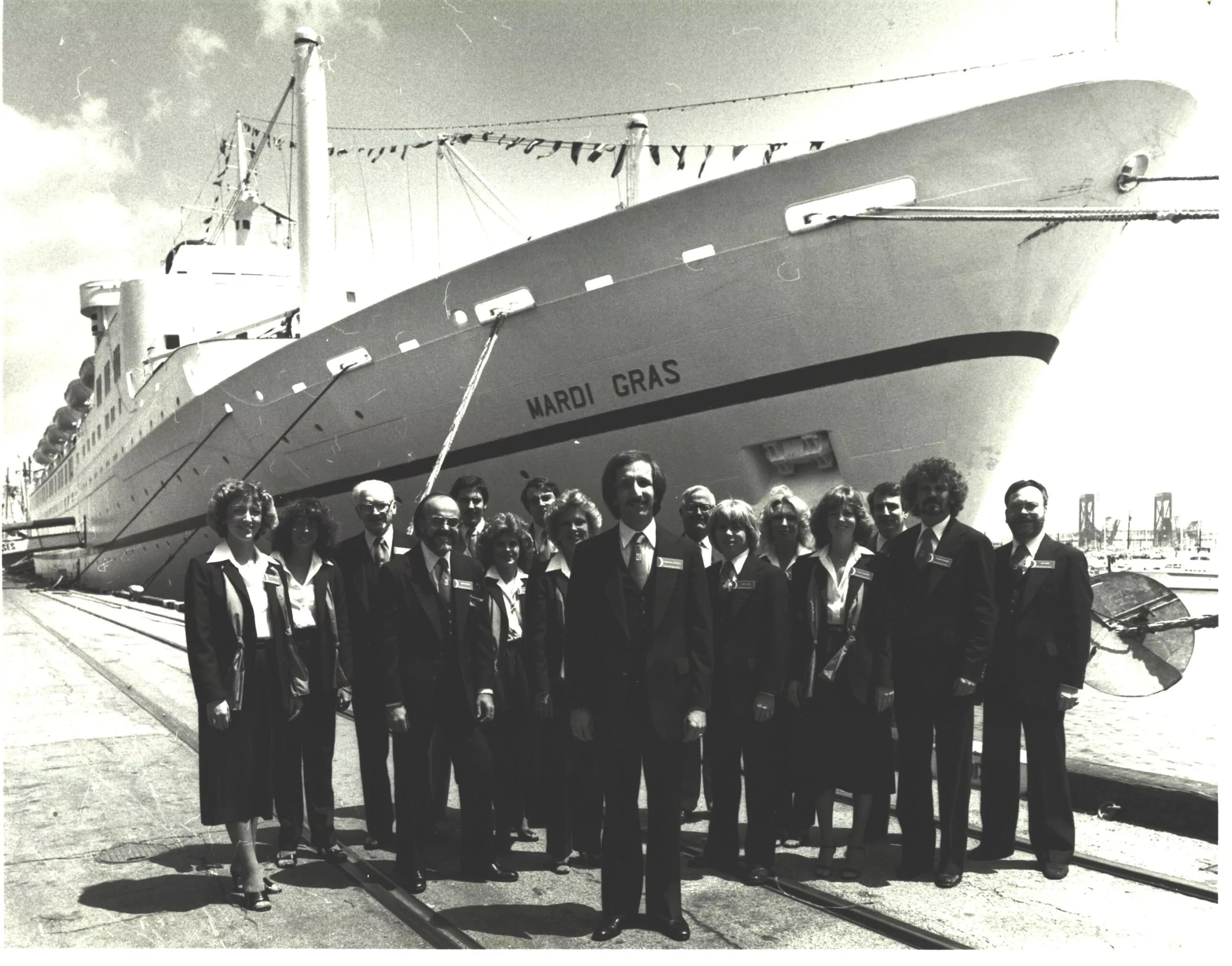
The year 2003 marks a major event for Carnival Corporation when it acquires British cruise operator P&O Princess Cruises6 - which includes Princess Cruises, P&O Cruises, AIDA Cruises, P&O Cruises Australia and tour operator Princess Tours. This combination makes Carnival Corporation the first global cruise company. Priorly, P&O Princess Cruises Plc was formed as a result of the demerger of the cruise ship division of the P&O group.7 The parent company Peninsular and Oriental Steam Navigation Company was established in England in 1837. P&O acquired Princess Cruises in 1974. After the demerger in 2000, P&O Princes Cruises plc was acquired by Carnival Corporation in 2003 and it was agreed that the former would remain a separate company, listed on the London Stock Exchange. The company was renamed Carnival plc and retained its shareholder body and management team. Carnival Corporation and Carnival plc jointly own all the operating companies in the Carnival group.
Carnival sold Windstar Cruises to Ambassadors Group in February 2007 and Swan Hellenic to Lord Sterling in March 2007. Carnival Corporation & plc made a joint venture with China State Shipbuilding Corporation (CSSC) to launch CSSC Carnival Cruise Shipping Limited in 2018.8
References
- ^ https://www.carnivalcorp.com/corporate-information
- ^ https://www.carnivalcorp.com/static-files/d8bbd962-6524-4fb4-84c9-150daf9ceeff
- ^ https://www.carnivalcorp.com/static-files/6ebea795-1ab4-4294-979d-03b59d59d220
- ^ See 10-K 2022, p.7
- ^ https://www.carnivalcorp.com/news-releases/news-release-details/carnival-corporation-plc-announces-arrangement-new-forward
- ^ https://ec.europa.eu/commission/presscorner/detail/en/IP_02_1141
- ^ https://www.independent.co.uk/news/business/news/p-amp-o-warns-of-difficult-cruise-market-ahead-of-demerger-699997.html
- ^ https://www.carnivalcorp.com/news-releases/news-release-details/carnival-corporation-launches-cruise-joint-venture-china-0




